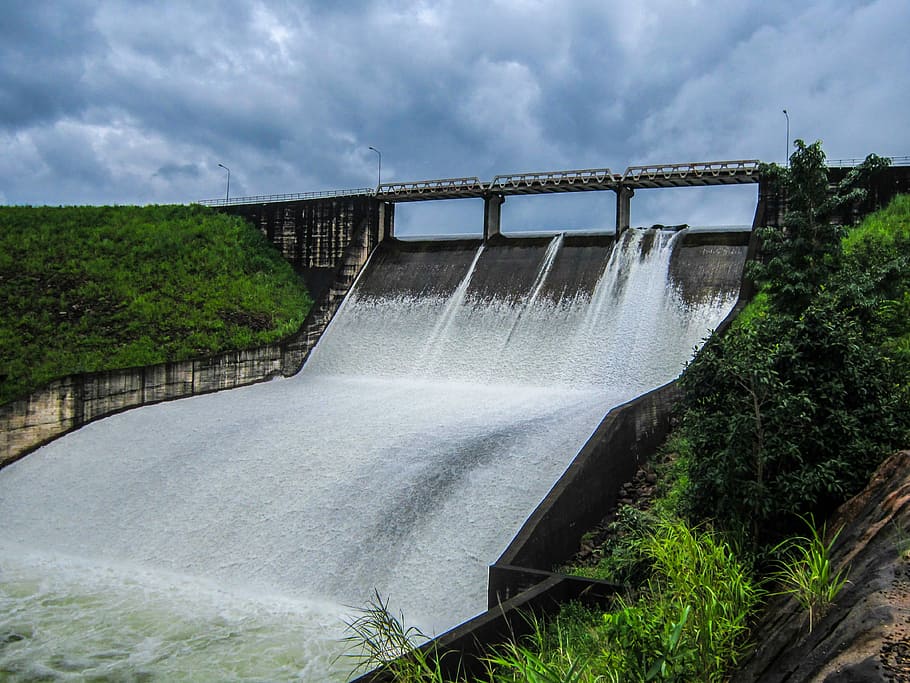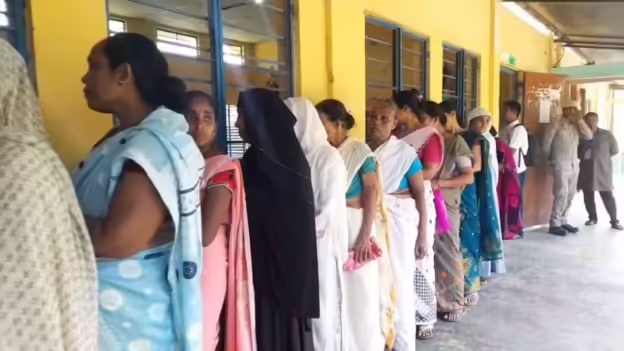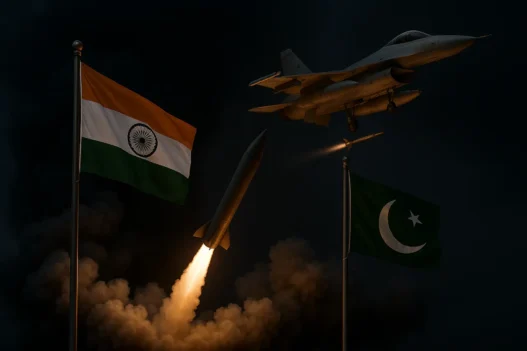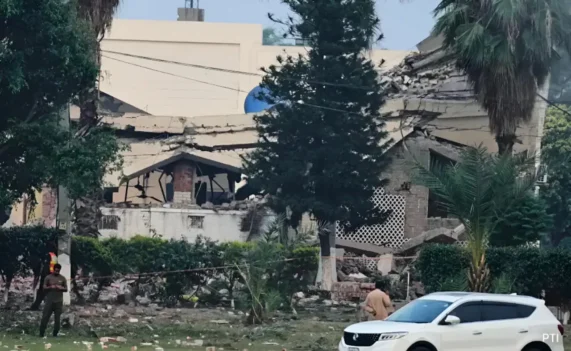The Arunachal Pradesh government has inked an epoch-making agreement, simultaneously launching the innovative ‘Golden Jubilee Border Village Electrification Program’. The Memorandum of Agreement (MoA) formalising this accord was inked at the State Banquet Hall in Itanagar, witnessed by an esteemed audience.
The cumulative operational capacity of these 12 projects is set to soar to an impressive 11,517 MW. Notably, the execution of these projects will be entrusted to three distinguished Central PSUs – NHPC Ltd., SJVN Ltd., and NEEPCO Ltd.
Chief Minister Pema Khandu detailed the ambitious ‘Golden Jubilee Border Village Electrification Program’, an initiative aimed at ensuring consistent power access to villages and defense installations along the remote international border through stand-alone micro hydel projects.
The signing ceremony, graced by the presence of Union Power Minister R. K. Singh, Chief Minister Pema Khandu, and Deputy Chief Minister Chowna Mein, also saw the participation of Union Power Secretary, high-ranking officials from the Power Ministry, and Chief Managing Directors (CMDs) of the CPSUs.
Originally assigned to independent power developers, these projects encountered numerous impediments, leading to their stagnation, reports suggest. Over a span of three years, the state is committed to undertaking 50 such projects, with Phase 1 already yielding the commissioning of 13 projects.
Deputy Chief Minister Chowna Mein underscored the far-reaching implications of these projects, predicting a surge in development and employment prospects within the state. He revealed that the projects would contribute significantly to the state’s coffers, generating an annual revenue of Rs 3052 crore through the 12% free power component, alongside an additional Rs 254 crore per annum designated for the Local Area Development Fund.
Addressing the gathering, Chief Secretary Dharmendra extolled Arunachal Pradesh’s pioneering role in advancing renewable energy, aligning seamlessly with the Prime Minister’s ambitious target of generating at least 50% of the country’s energy from renewable sources by 2030.
Commissioner (Hydropower) Ankur Garg, representing the State Government, formally sealed the MoAs, while CMDs and Directors of Central PSUs lent their signatures on behalf of the respective organizations, marking a significant milestone in the state’s energy and developmental trajectory.
Notably, the state has received significant free power worth Rs 1183 crore from the Panyor Lower, Pare, and Kameng Hydro Electric Projects. This contribution is anticipated to further amplify in the forthcoming year, with the phased commissioning of the Subansiri Lower Hydro Electric Project (2000 MW) scheduled to commence from January 2024 onwards.
Arrest of anti-dam protestors sparks concern among organisations
Meanwhile, the detention of human rights activist Ebo Mili and colleague Mejo Mihu by Itanagar police on Saturday has triggered alarm, drawing the attention of the Dibang Resistance and the Indigenous Research and Advocacy Dibang (IRAD).
According to a report, the incident occurred during their peaceful protest against the signing of MoAs for the stalled hydropower projects. The detained duo’s plight sparked outrage, with Lower Dibang Valley HQ Roing’s youth staging a demonstration demanding their immediate release. The protest also highlighted concerns about the impact of these mega dams on indigenous communities and land ownership.
IRAG member Amar Mega called upon the public to rally behind the movement against mega dams, emphasising the need for collective action.
Union Power Minister RK Singh, in response to mounting opposition and concerns, assured that compensation and support would be extended to those affected by hydropower projects in Arunachal Pradesh, on Saturday.
He underscored the government’s commitment to addressing environmental and community-related apprehensions, ensuring local benefits, and prioritising indigenous rights within the scope of power projects.







